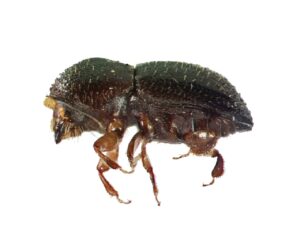[imagesource: iStock]
Sitting shoulder to shoulder with strangers, while locked in a giant tube, seems to defy all of the physical distancing measures that we’ve been encouraged to adhere to since the start of the COVID-19 pandemic.
And, while safety measures are in place at almost all airports, like providing the requisite negative COVID-19 test before you’re allowed to board a plane, there’s still the small chance that someone could be infected, but the disease went undetected.
Many airlines have put forward the idea that flying is, for the most part, safe, due to certain features in aircraft that you won’t find in other forms of public transport.
A recent report published by the Harvard TH Chan School of Public Health, via The Financial Times’ Michael Skapinker, agrees, stating that we have less chance of contracting COVID-19 on an aircraft than almost anywhere else, because of the high-efficiency particulate air (Hepa) filtration system.
If someone coughs or sneezes in a plane, “contaminants released in such events are fully flushed from the cabin in as little as two to five minutes, as opposed to some six hours in a commercial or retail space,” the report says.
The report also stresses that the Hepa system only works in conjunction with mask-wearing and other sanitation protocols.
Not everyone agrees with these findings, however, citing incidents of transmission like that of a 27-year old Vietnamese businesswoman, who had been in Milan and Paris before coming to London, and passed the infection to others while on a plane.
The study that cited this example, by researchers from Ireland’s Public Health Department, did concede that the infections could have been picked up at other locations before boarding.
However, there are few similar incidents, and the real concern seems to be sitting in close proximity to infected people at the airport, in queues, or getting on and off the plane.
The real problem […] was getting on and off the aircraft. The Harvard study recommends airlines strictly control boarding and leaving the plane. Colleagues described getting on and off as, variously, a “joke”, “no respect” and “a total shitshow”.
Passport control was often the same.
Passengers who refuse to wear masks, or wear their masks under their noses (please stop doing this, seriously – you should know better by now) also increase the risk of transmission.
So while sitting in a plane may post relatively few risks, leaving and boarding appear to be somewhat dangerous.
Wear your PPE correctly, sanitise your hands, and try to practice physical distancing as far as possible.
Don’t rely solely on that filtration system to do the job of keeping you and others safe.
[source:financialtimes]





